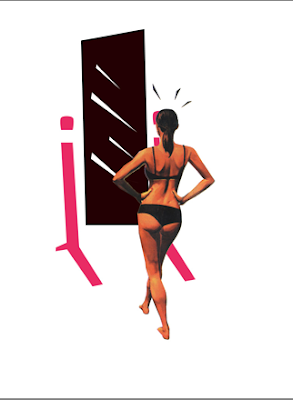With Ray we have decided to take a vector approach in the front we hope that we the layering of transparencies or see through and see the earth (dvd). With this approach we can visibly draw the layers of the atmosphere and to the core of the heating. In our discussions with tyler the heating of the core seems the most dominant , we think we have solve the solution to this design problem by drawing more bands. The book jacket we want it to unfold and we are considering the making of the whole poster through printing it on a transparency.
We have decided to deal with layering to represent the overview of the earth, by having an interactive component in which the viewer sees through and removes each layer therefore revealing the next as is a evident in the movie to call to action that we the viewer needs to play a role in saving and reducing our consumption so the earth doesn't heat up.









































 first spread
first spread






